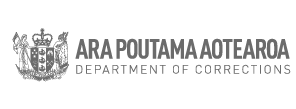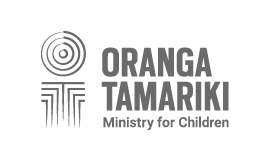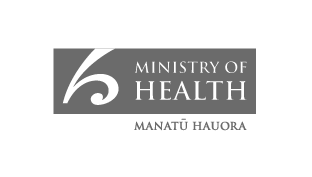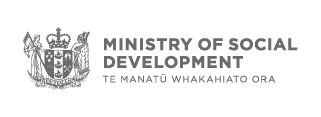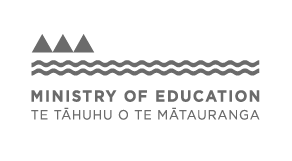Te Aorerekura builds on the significant work and investment already underway in government and communities to eliminate family violence and sexual violence and explains the need for a collaborative approach to do this. It acknowledges the need to rebalance efforts towards prevention in order to support intergenerational change.
Te Aorerekura also builds on reports and research from the last 20 years to provide insights on the changes required to prevent and eliminate family violence and sexual violence.
In 2015, it was estimated that the government spends more than $1.4 billion annually(external link) on the consequences of family violence and sexual violence. That number is now estimated to be between $1.5-2 billion. More than $200 million invested over the last four years has given the family violence and sexual violence sectors more funding for services, supported by a joint approach to investment and planning.
Te Aorerekura establishes a shared view of where we have got to, what needs to be done differently, what more is required to eliminate family violence and sexual violence, and how tangata whenua, government, communities and sectors can work together to make this happen.
Learn about our progress on implementing Te Aorerekura.
To develop Te Aorerekura, we undertook extensive public engagement from May-June 2021. This resulted in:
In 2021 we heard from many communities impacted by violence. Working with government agencies and people supporting and representing those communities, we produced 10 analysis papers that reflect their experiences of the family violence and sexual violence systems.
These papers summarise what government heard from key groups in the family and sexual violence system during engagement to develop Te Aorerekura. They draw on some existing evidence that highlights the prevalence and different dynamics of violence each of these groups experience. The papers also identify some opportunities for improving ways to prevent, respond, and heal from these types of violence.
Note: These papers are a snapshot in time and are limited to the voices of those who participated in the engagements. As such, it may be that not every person can see themselves reflected in them. The words used reflect as much as possible those used by each group during engagement. For that reason, there may be inconsistencies in terminology across the different papers, and between these papers and Te Aorerekura. The papers are authored by the Joint Venture in consultation with Independent Advisors nominated from each group.
The Joint Venture is committed to building on-going and enduring relationships with tangata whenua, communities and sectors and embedding a diversity of voices and experiences across its work.
To share the voices we heard during our engagement process, the Joint Venture produced summaries that outline key themes in the feedback we received.
The summaries below reflect careful analysis of the common themes emerging from the many different engagements. These summaries were assessed by the Joint Venture and reviewed by our Independent Advisors to make sure they accurately reflect the opinions of the people who spoke to us.
|
|
Word document |
View other key documents we used to invite people to contribute to our engagement process for Te Aorerekura.
|
Easy Read versions |
Alternate formats |
|
NZ Sign Language video (6:33 minutes)(external link) |
Last modified:
